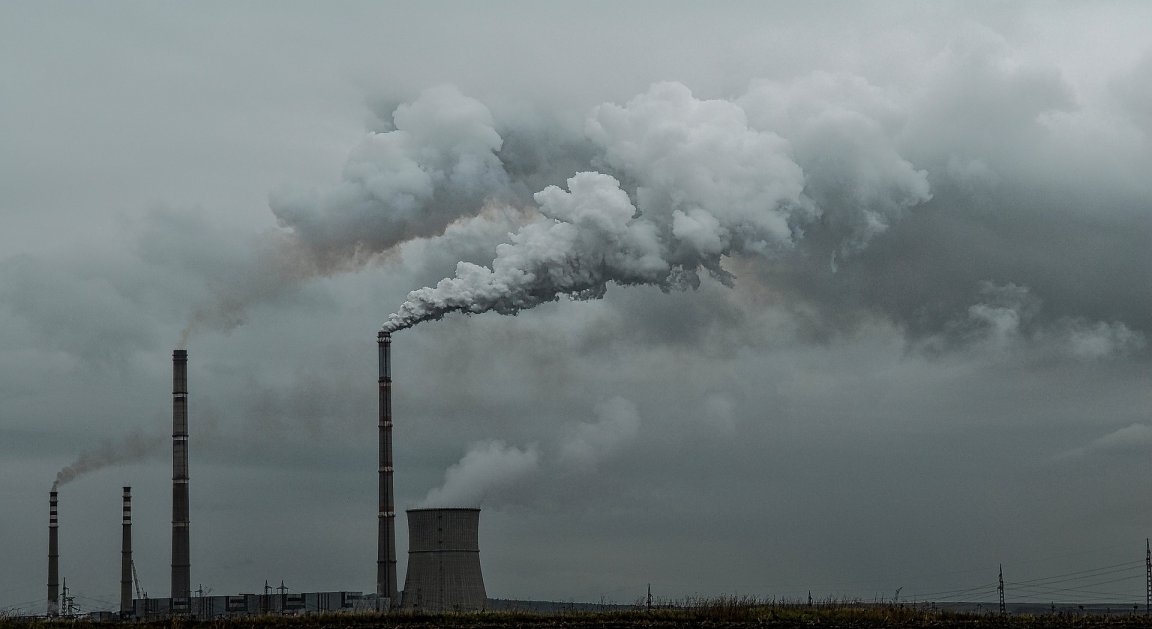
Cap-and-Trade
With a new ambitious project that will make polluting companies pay for the greenhouse gas they spew in the air, China — the world’s bigger polluter — is set to break the record for the largest carbon market ever rolled out.
Although it’s only expected to involve about 1,700 companies in the power sector (as opposed to the eight industries included in the original plan) the long-awaited mechanism will dwarf the E.U.’s cap-and-trade scheme, covering 3.3 billion metric tonnes of emissions.

In a cap-and-trade scheme, companies are assigned a maximum amount of emissions that they can produce and will have to purchase “carbon credits” for anything exceeding that. But emission trading is not meant to be a punitive system: companies that emit less than their yearly allowance can sell their carbon credits on the market and make a profit, which provides an incentive to clean up their production chain.
No Easy Task
China’s plan is ambitious not only because it covers an unprecedented volume of greenhouse gases, but due to the fact that getting a carbon market to work is no easy task. The European scheme that launched back in 2005 ultimately failed because it issued too many free allowances, meaning most companies didn’t need to buy them and in turn, the price collapsed.

There is also the challenge of rolling out and harmonizing such an extensive carbon market in a country where the data needed to estimate how much each plant is emitting is still patchy.
“The system unveiled shows that [China] understands what the proper building blocks are,” Dirk Forrister, CEO of the International Emissions Trading Association (IETA) told Futurism. Although sectors such as steel, cement, and chemicals are not currently included in the plan, Forrister said that “the coverage is still enormous and it is an enormous undertaking.”
“I feel that a lot of people in the market would like to see more, and faster, but we’ve also learned from experience that if you start when you don’t have the right data you will have problems down the line,” Forrister added.
When it comes to the broader climate pledges tabled in Paris, China will use the new carbon trading scheme as a tool to cap its overall emissions by 2030. The country is also investing heavily in building the clean energy infrastructure needed to derive 20 percent of its energy from non-fossil sources in the same timeframe.
In light of the U.S. rolling back its climate commitments, China’s plan shows the country has the will and capabilities to clean up its economy and set a powerful example for other countries — many of which would find a low carbon transition far less a monumental a task.